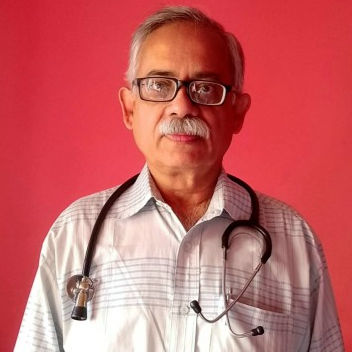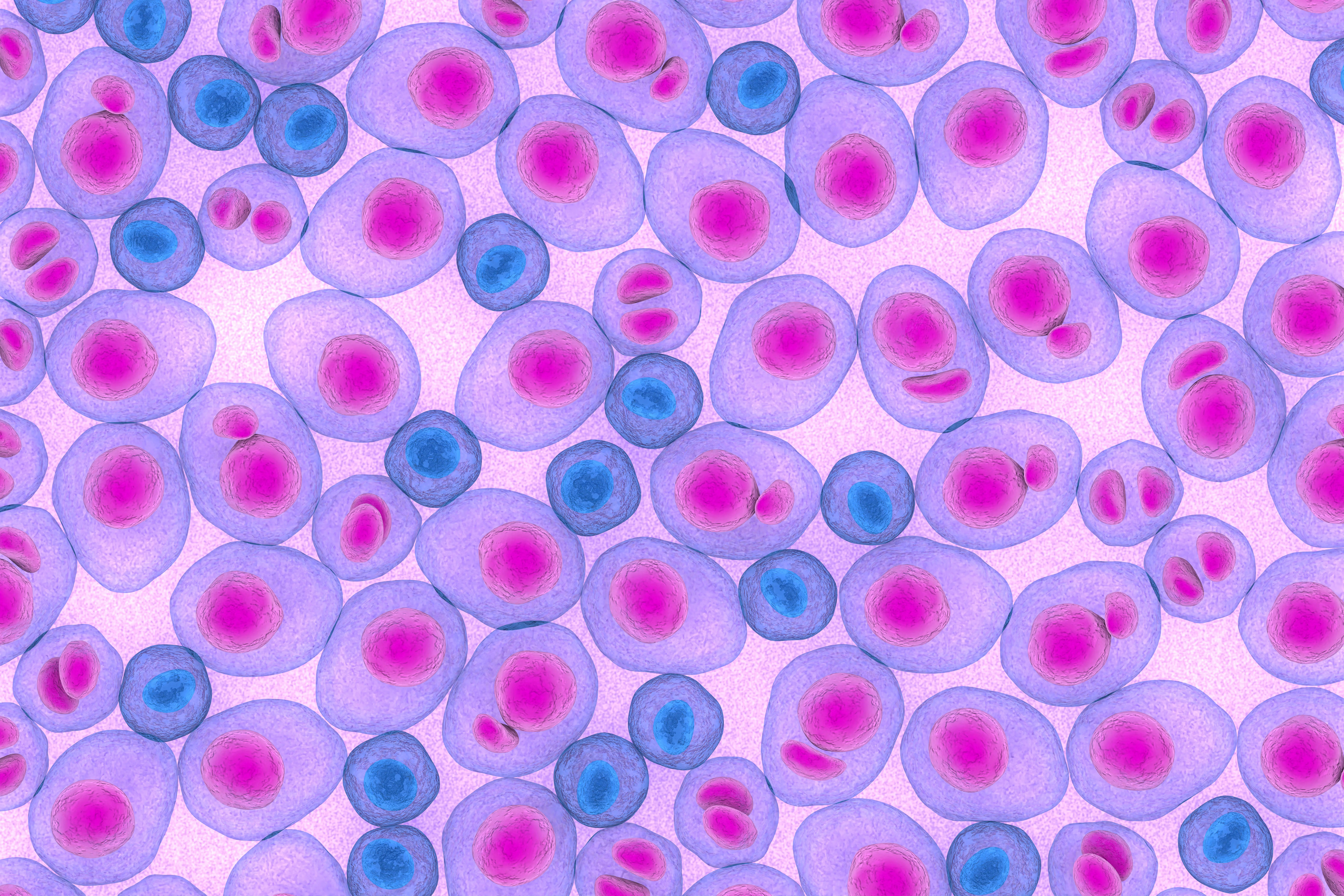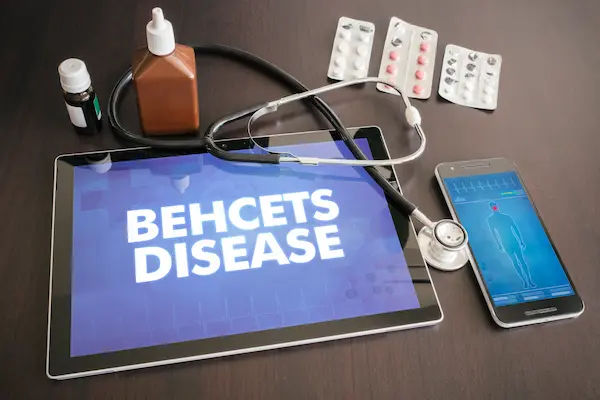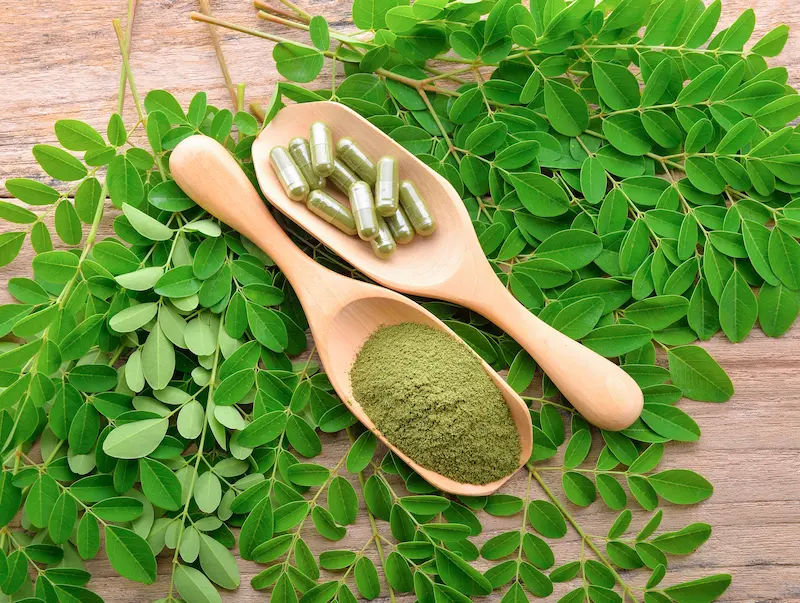Guide to Tame Heat Dangers Heat Stroke Children
Know about the dangers of heat, why children are more vulnerable, heat exhaustion versus heat stroke, heat emergency management and more.


Introduction
As summer temperatures soar, the joy of outdoor play can quickly turn dangerous for children. Heat-related illnesses, from mild heat exhaustion to life-threatening heat stroke, are a significant but often overlooked risk. For parents and caregivers, understanding how to tame heat dangers is not just a seasonal concern it's a crucial aspect of child safety. This guide will empower you with the knowledge to recognise the signs, take immediate action, and, most importantly, prevent heat illnesses from happening in the first place. We'll delve into why children are uniquely susceptible and provide a clear, actionable plan to keep your little ones safe and healthy all summer long.
Why Children Are More Vulnerable to Heat Dangers
Children are not just small adults; their bodies manage heat differently, making them far more susceptible to rising temperatures. Understanding these differences is the first step in effective prevention.
Consult a Top General Practitioner for Personalised Advice
Little Bodies, Big Challenges: Key Physiological Differences
A child's body has a harder time regulating temperature than an adult's. Firstly, children produce more heat relative to their body size during activity. Secondly, they have a smaller surface area through which to sweat and cool down. Most critically, children sweat less than adults. Sweating is the body's primary cooling mechanism, and since their systems are still developing, they are less efficient at this evaporative cooling process. This means their core body temperature can rise much faster and to more dangerous levels in the same hot conditions.
The "Just One More Minute" Problem: How Play Overrides Discomfort
Often, children are so engrossed in play that they ignore the early signs of overheating, like thirst or fatigue. They may
not want to stop a game for a water break or may not even recognise that they are in distress. This reliance on adults to monitor and intervene places the responsibility squarely on caregivers to be proactive about preventing heat illness in child athletes and during casual play alike.
Recognising the Enemy: Heat Exhaustion vs. Heat Stroke
It is vital to distinguish between heat exhaustion and heat stroke. Heat exhaustion is a precursor; heat stroke is a medical emergency. Knowing the difference can save a life.
Heat Exhaustion: The Critical Warning Signs
Heat exhaustion is the body's response to an excessive loss of water and salt, usually through profuse sweating. If your child shows these symptoms of heat exhaustion, act immediately:
- Cool, moist, pale skin (may have goosebumps despite the heat)
- Heavy sweating
- Headache, nausea, or dizziness
- Fatigue, weakness, or muscle cramps
- Irritability
This is the body's red flag. Ignoring it can lead to a rapid progression to heat stroke.
Heat Stroke: A Life-Threatening Medical Emergency
Heat stroke occurs when the body's temperature regulation system fails. Body temperature rises rapidly (often above
104°F or 40°C), the sweating mechanism stops, and the body cannot cool down. This is a life-threatening condition that
requires immediate medical attention.
Signs of heat stroke in toddlers and children include:
- Hot, red, DRY skin (a key difference—sweating has stopped)
- Rapid, strong pulse
- Confusion, disorientation, or strange behaviour
- Slurred speech
- Loss of consciousness (coma)
If you suspect heat stroke, call for emergency medical help immediately.
Your Action Plan: What to Do in a Heat Emergency
The action plan includes:
First Aid for Heat Exhaustion
If your child shows signs of heat exhaustion:
- Move them to a cool place: Get them into an air-conditioned building or a shady spot.
- Cool them down: Loosen clothing, apply cool, wet cloths to their skin, or have them sit in a cool bath.
- Hydrate: Give them cool water to sip slowly. An electrolyte-replenishing drink can be helpful, but avoid sugary
sodas. - Monitor: If symptoms worsen or do not improve within an hour, or if vomiting occurs, consult a doctor online with
Apollo24|7 for immediate guidance or seek in-person care.
Immediate Steps for Suspected Heat Stroke (While Waiting for Help)
While waiting for emergency services:
- Call for help immediately. This is non-negotiable.
- Move the child to a cooler environment.
- Begin rapid cooling. This is critical. Immerse them in a cool bath, spray with a garden hose, or sponge with cool
water. - Fan air over them while wetting their skin to aid evaporation.
- Do not give them anything to drink, as they may be unable to swallow properly.
Proactive Prevention: How to Tame the Heat Before It's a Problem
The best strategy is to prevent heat illness start. Here’s how to build a robust defense.
Hydration Hacks: Making Water Fun for Kids
Dehydration is a primary trigger. Children should drink water regularly, not just when they're thirsty.
- Pre-hydrate: Encourage them to drink water before going outside.
- Schedule breaks: Enforce a water break every 20 minutes during activity.
- Make it fun: Use colourful bottles, fun straws, or infuse water with fruits like berries or citrus to make it more appealing
than sugary drinks.
Dressing for Success: The Best Fabrics for Hot Weather
Clothing choice matters. Opt for lightweight clothing made of light-colored, breathable fabrics like cotton or moisture-
wicking material. A wide-brimmed hat provides essential shade.
Timing is Everything: Planning Outdoor Activities Safely
Schedule playdates, sports, and outings for the cooler parts of the day before 10 a.m. or after 4 p.m. Always check the
UV index and heat advisories. On extreme heat days, choose indoor activities.
The "Cool-Down Car" Checklist
Never leave a child unattended in a vehicle, even for a minute. The interior temperature can rise 20 degrees in just 10
minutes, creating a deadly oven. Create a habit: when you arrive, check the back seat. Place an essential item like your
phone or purse next to your child's car seat to force yourself to look back.
Special Risk Scenarios You Must Know
The special risk scenarios include:
The Danger of a Hot Car: A Tragic and Preventable Reality
Heatstroke in vehicles is a leading cause of non-crash, vehicle-related deaths for children. It can happen to anyone, even
loving, attentive parents. Always "Look Before You Lock."
Athletes and Active Kids: Extra Precautions for Sports
For children in sports, coaches and parents must be extra vigilant. Ensure practices have adequate fluid breaks, are held
during cooler times, and that coaches are trained to recognise the signs of dehydration in babies and older children.
Allow for a gradual acclimatisation period to the heat at the start of the season.
Conclusion
Taming heat dangers for children is about awareness, preparation, and swift action. By understanding their unique
vulnerabilities, recognising the early warning signs of heat exhaustion, and having a clear plan for the emergency of heat stroke, you can transform a potentially dangerous season into a safe and joyful one. Remember, prevention is always the best medicine. Schedule water breaks, dress appropriately, and plan activities wisely. Your vigilance is the most powerful tool you have to protect your child. If you are ever unsure about your child's symptoms or their condition does not improve with initial cooling efforts, book a physical visit to a doctor with Apollo24|7 for a professional evaluation.
Consult a Top General Practitioner for Personalised Advice
Consult a Top General Practitioner for Personalised Advice

Dr. Manju Shivnani
General Practitioner
31 Years • MBBS
Greater Noida
We care clinic, Greater Noida

Dr. Arif Ahmed
General Physician/ Internal Medicine Specialist
9 Years • MBBS, MD (Genl. Med.)
Kolkata
MCR SUPER SPECIALITY POLY CLINIC & PATHOLOGY, Kolkata
Dr. Sasikamalam
General Practitioner
1 Years • MBBS
COIMBATORE
Apollo Sugar Clinic Coimbatore, COIMBATORE

Dr. Pinaki Mukhopadhyay
General Physician/ Internal Medicine Specialist
32 Years • MBBS
Kolkata
MCR SUPER SPECIALITY POLY CLINIC & PATHOLOGY, Kolkata
(25+ Patients)

Dr. Sougata Kumar
General Practitioner
8 Years • MBBS
East Midnapore
VIVEKANANDA SEBA SADAN, East Midnapore
Consult a Top General Practitioner for Personalised Advice

Dr. Manju Shivnani
General Practitioner
31 Years • MBBS
Greater Noida
We care clinic, Greater Noida

Dr. Arif Ahmed
General Physician/ Internal Medicine Specialist
9 Years • MBBS, MD (Genl. Med.)
Kolkata
MCR SUPER SPECIALITY POLY CLINIC & PATHOLOGY, Kolkata
Dr. Sasikamalam
General Practitioner
1 Years • MBBS
COIMBATORE
Apollo Sugar Clinic Coimbatore, COIMBATORE

Dr. Pinaki Mukhopadhyay
General Physician/ Internal Medicine Specialist
32 Years • MBBS
Kolkata
MCR SUPER SPECIALITY POLY CLINIC & PATHOLOGY, Kolkata
(25+ Patients)

Dr. Sougata Kumar
General Practitioner
8 Years • MBBS
East Midnapore
VIVEKANANDA SEBA SADAN, East Midnapore
More articles from General Medical Consultation
Frequently Asked Questions
1. What is the best drink for a child with heat exhaustion?
Cool water is the best initial choice. You can also use an age-appropriate oral rehydration solution or a sports drink diluted with water to replace lost electrolytes. Avoid sugary drinks and sodas, as they can worsen dehydration.
2. Can a child get heat stroke even if they are sweating?
Yes, especially in the early stages. However, a key sign of progressing to full heat stroke is the cessation of sweating, leading to hot, dry skin. If a child was sweating and then stops while still showing other severe symptoms (confusion, high temperature), it is a critical emergency.
3. How can I tell if my baby is dehydrated?
Look for signs like fewer wet diapers (fewer than 6 in 24 hours), no tears when crying, a sunken soft spot on the head, sunken eyes, dry mouth and tongue, and unusual fussiness or lethargy.
4. Are some children more at risk for heat illness?
Yes. Children with chronic illnesses (especially heart or kidney problems), those who are overweight, and those on certain medications (like some for allergies or ADHD) may be more susceptible. It's important to discuss extra precautions with your pediatrician.
5. What should I pack in a summer safety kit for a day out?
A great kit includes: a large water bottle, a spray bottle filled with water for misting, a cool, wet washcloth in a plastic bag, sunscreen, a wide-brimmed hat, and a small first-aid kit.




